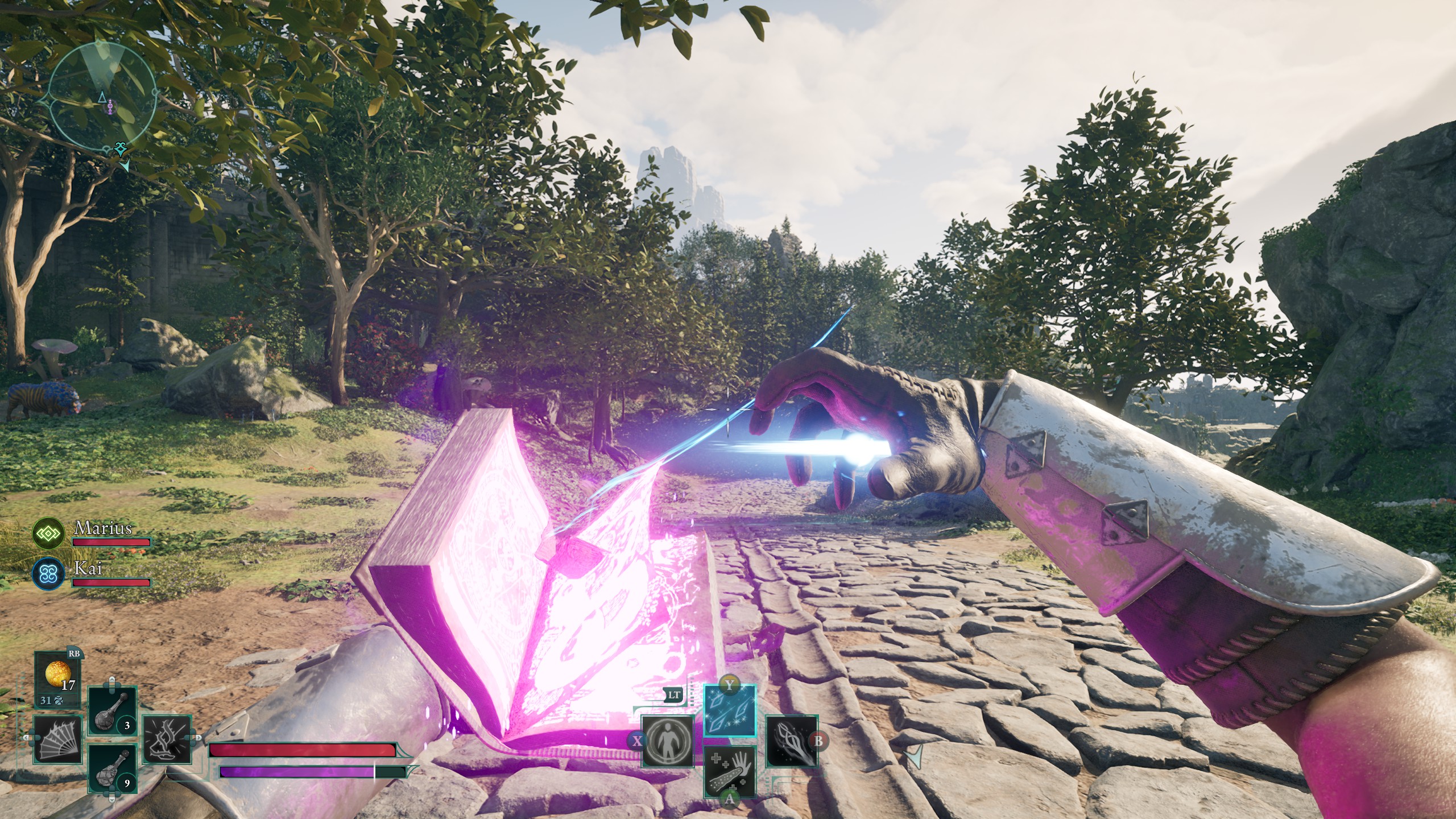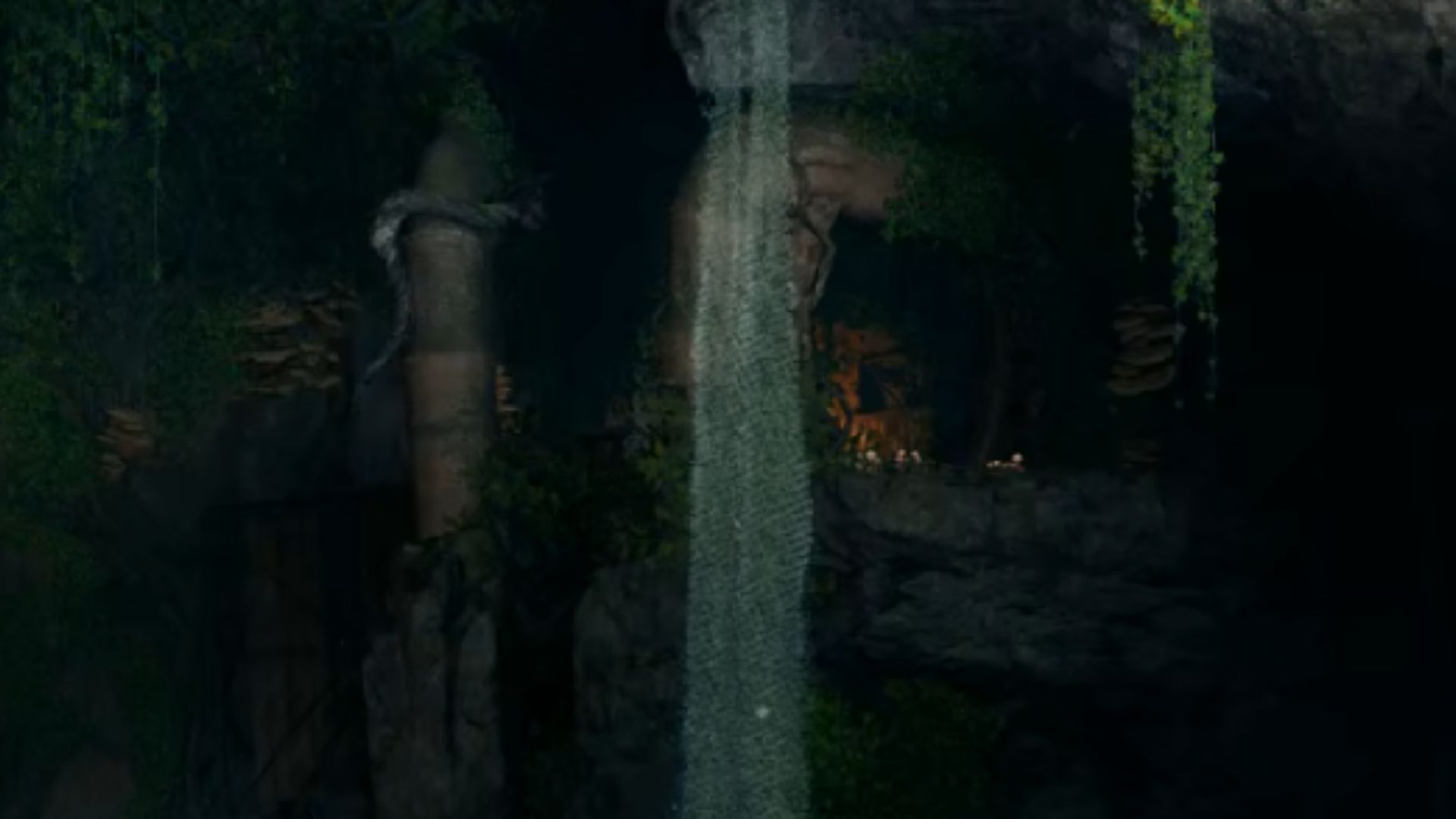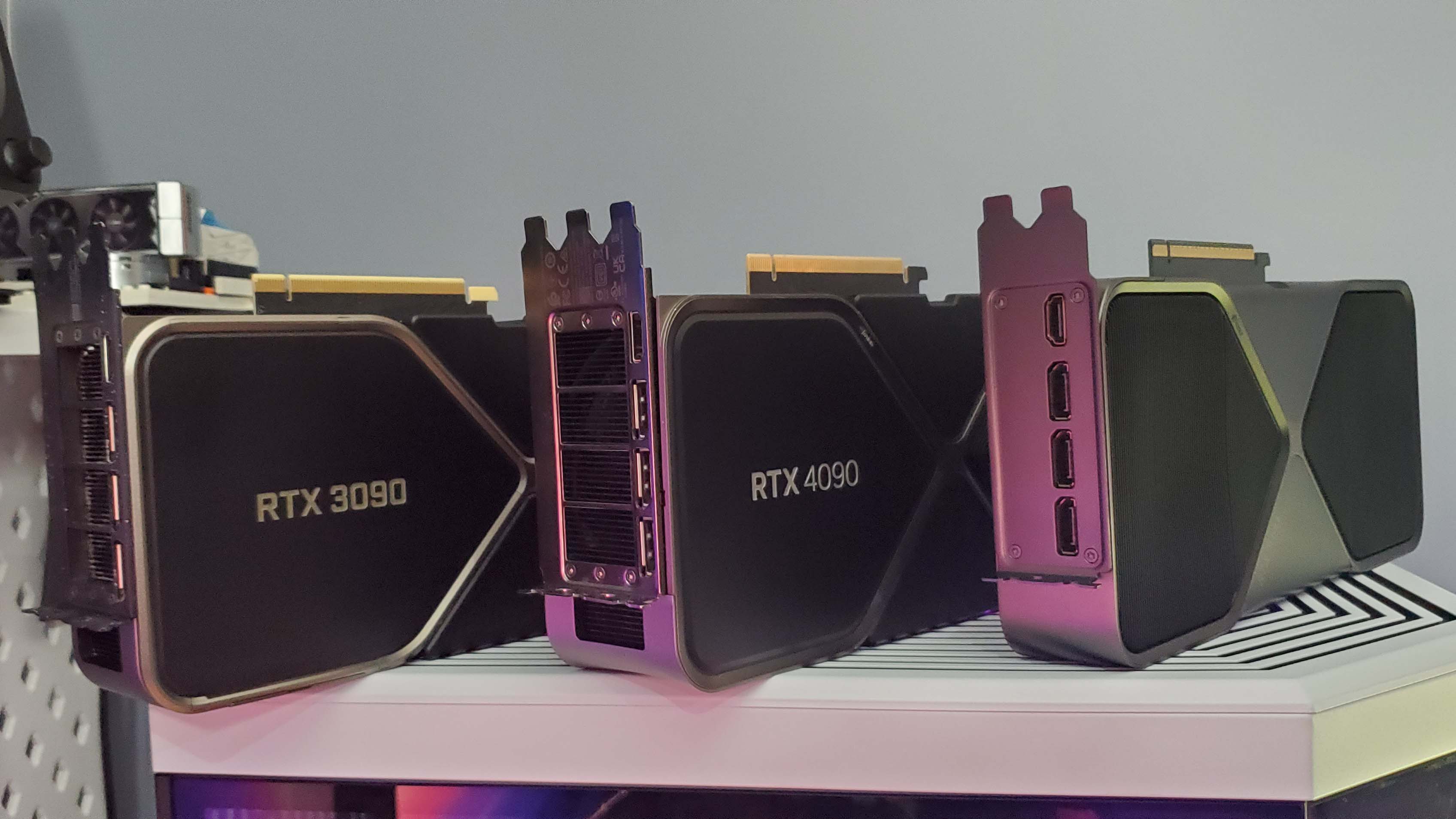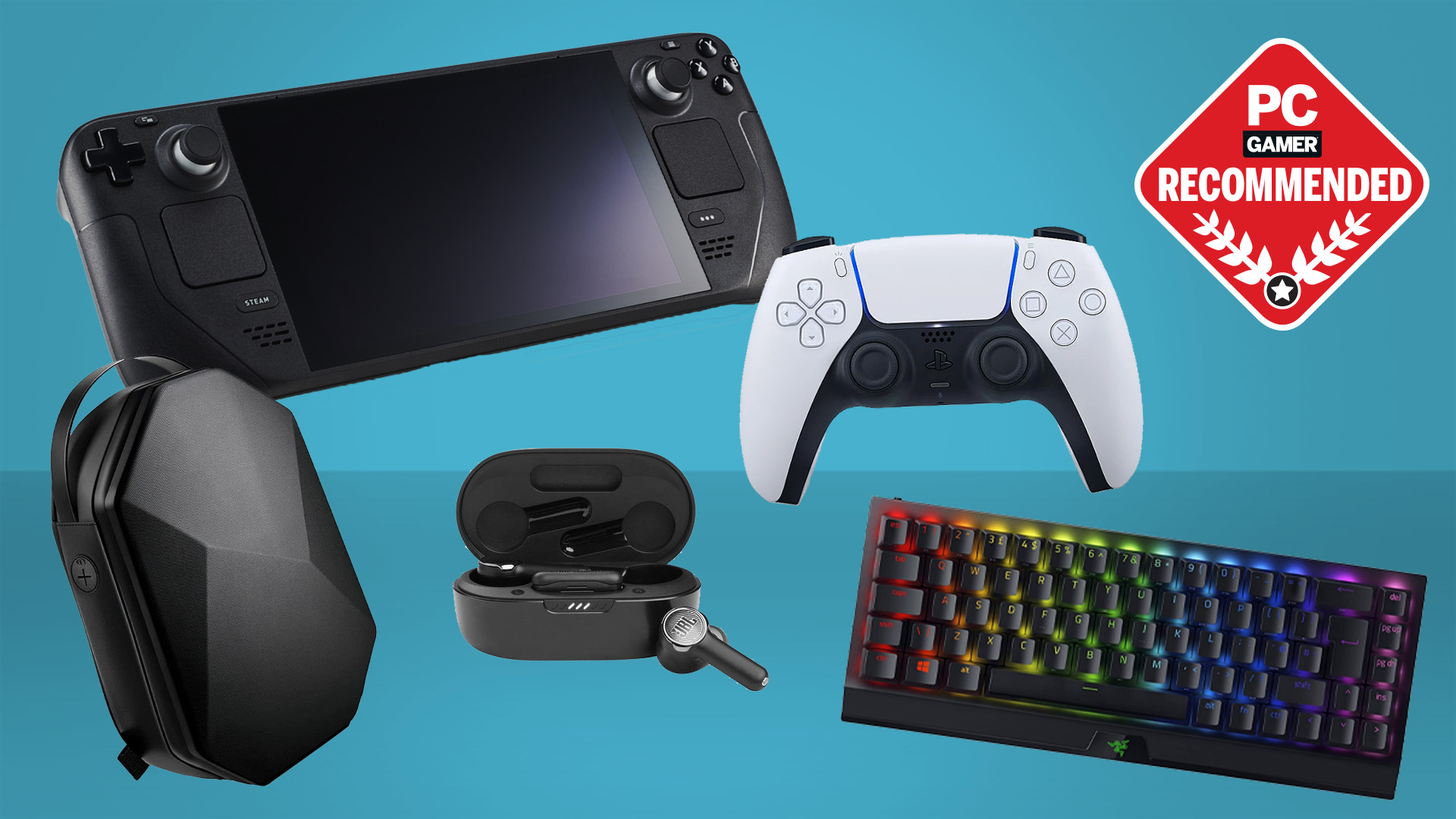There's a simple way to enable FSR 3 frame gen in Avowed and it more than doubled my frame rate, but it makes waterfalls look ugly as sin
Still, 150 fps + even in Paradis central? I'll take it.

I've only spent a brief few hours with Obsidian's RPG/fish-person-friend simulator Avowed so far, but I'm enjoying my time with it. What I haven't been enjoying is the occasional frame rate dip, along with a general twitchiness our Nick highlighted in his performance analysis.
However, it turns out there's actually a simple tweak that enables FSR 3 frame generation, and it's more than doubled my frame rate—but it does come with one major caveat.
Enable FSR 3 Frame Generation for AMD gpu without mod from r/avowed
A quick bit of late night searching resulted in this post from Reddit user Hawkiinz, in which they reveal an easy way to enable FSR 3 frame generation with a simple engine.ini tweak. Navigate to the file in your Windows user folder, open it in Notepad, add a new entry and save, and ta-da, many more frames with FSR enabled.
The post above refers to the Steam version, but further down the thread you'll find a slightly modified method that enables it in the Microsoft Game Pass release, too.
I'm personally playing on the Game Pass version and can confirm this method works perfectly on my machine, although your mileage may, of course, vary.
On my RX 7800 XT this results in an increase from 60-80 fps at 1440p with a mix of High and Epic settings (and ray tracing enabled) to a whopping 150-170 fps, even in demanding areas.
It also smooths out the slightly crunchy, frame dipping effect that both Nick and myself experienced in high geometry parts of the map, turning the game from the occasional performance pig into a genuinely slick experience.
The biggest gaming news, reviews and hardware deals
Keep up to date with the most important stories and the best deals, as picked by the PC Gamer team.
The caveat? It makes waterfalls look awful at certain distances. While regular bodies of water still look fine (Avowed's water looks oddly generic even at native, in what is otherwise a superb demonstration of Unreal Engine 5's abilities), waterfalls can sometimes exhibit a checkerboarding effect with frame generation turned on. Sometimes it's barely noticeable, sometimes… well, it looks like this:
It might not be quite as obvious in the clip as it is in person, so have an ultra-zoomed in screenshot showing exactly what I mean. Don't say I never do anything nice for you, PC gamers.

It's this sort of visual nasty that's likely the reason why FSR 3 frame gen is disabled in the first place. Otherwise image quality is actually pretty good, and I'll happily take the massively improved frame rate on offer here for the odd crunchy bit of running water.
The only other major artifacting I've noticed so far is a small amount of ghosting when switching quickly between weapons and some ray tracing-related noise on Adra stones, but it's easy to ignore and a small price to pay for more than double the frames.

Best CPU for gaming: The top chips from Intel and AMD.
Best gaming motherboard: The right boards.
Best graphics card: Your perfect pixel-pusher awaits.
Best SSD for gaming: Get into the game ahead of the rest.
I'd also suggest having a play with the sharpness filter to crisp up those visuals. It's set to off by default, but I found boosting it to 20% or so at upscaled 1440p really improved the overall look of all that foliage without introducing any oversharpened edges.
While I'm here, though, (and on the off chance anyone from Obsidian is reading), could I humbly suggest adding FSR 3.1 to Avowed? It's often much better at handling ghosting and reducing noise than the previous version—and while it's still not a patch on DLSS, I reckon it might fix some of the flaws FSR introduces to this otherwise stunning-looking game.
Right, back to the Living Lands I go. The whole area might be infested with bears for some reason, but at least I can now do battle with them in all their ultra-high frame rate glory.

Andy built his first gaming PC at the tender age of 12, when IDE cables were a thing and high resolution wasn't—and he hasn't stopped since. Now working as a hardware writer for PC Gamer, Andy's been jumping around the world attending product launches and trade shows, all the while reviewing every bit of PC hardware he can get his hands on. You name it, if it's interesting hardware he'll write words about it, with opinions and everything.

